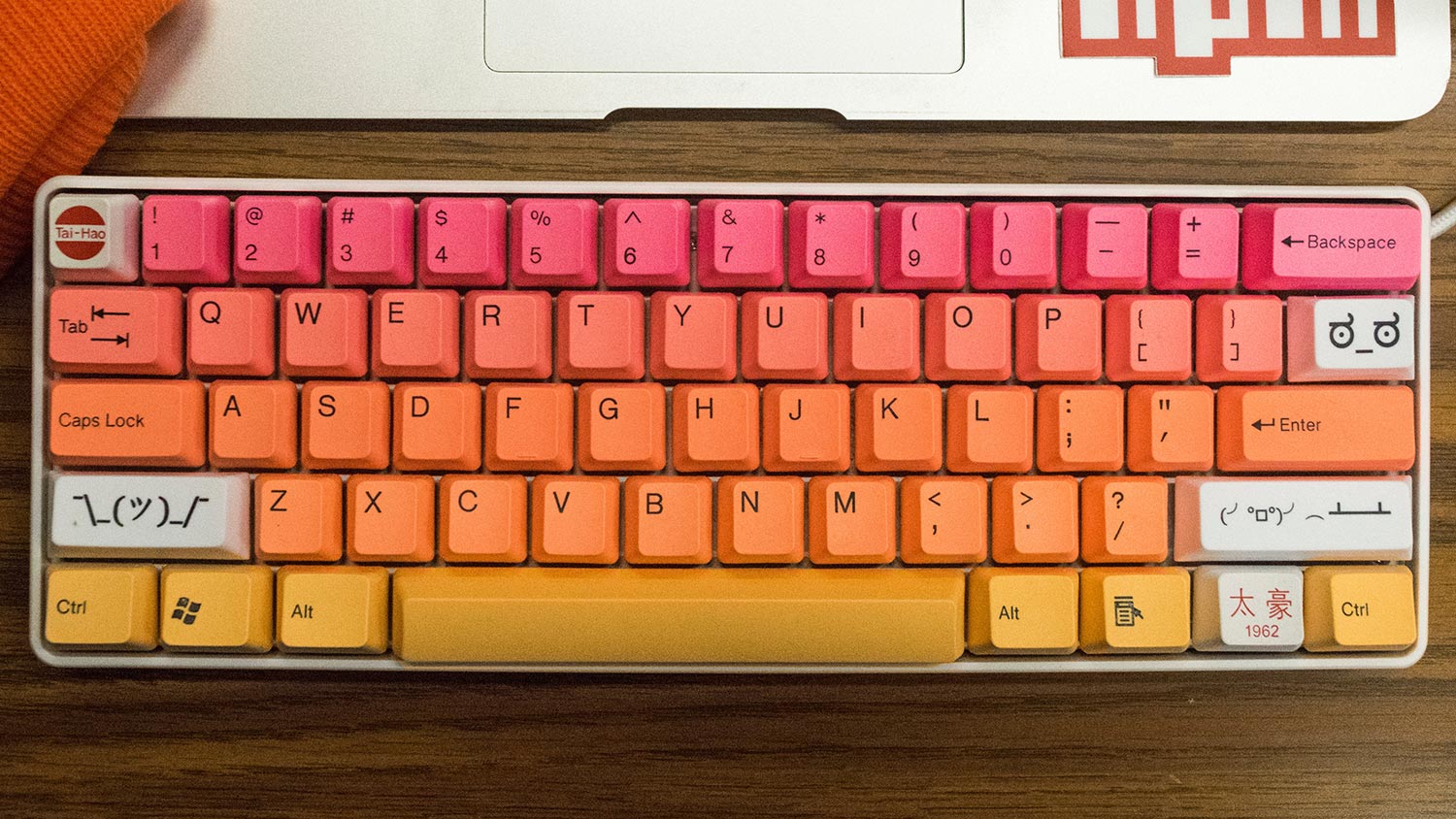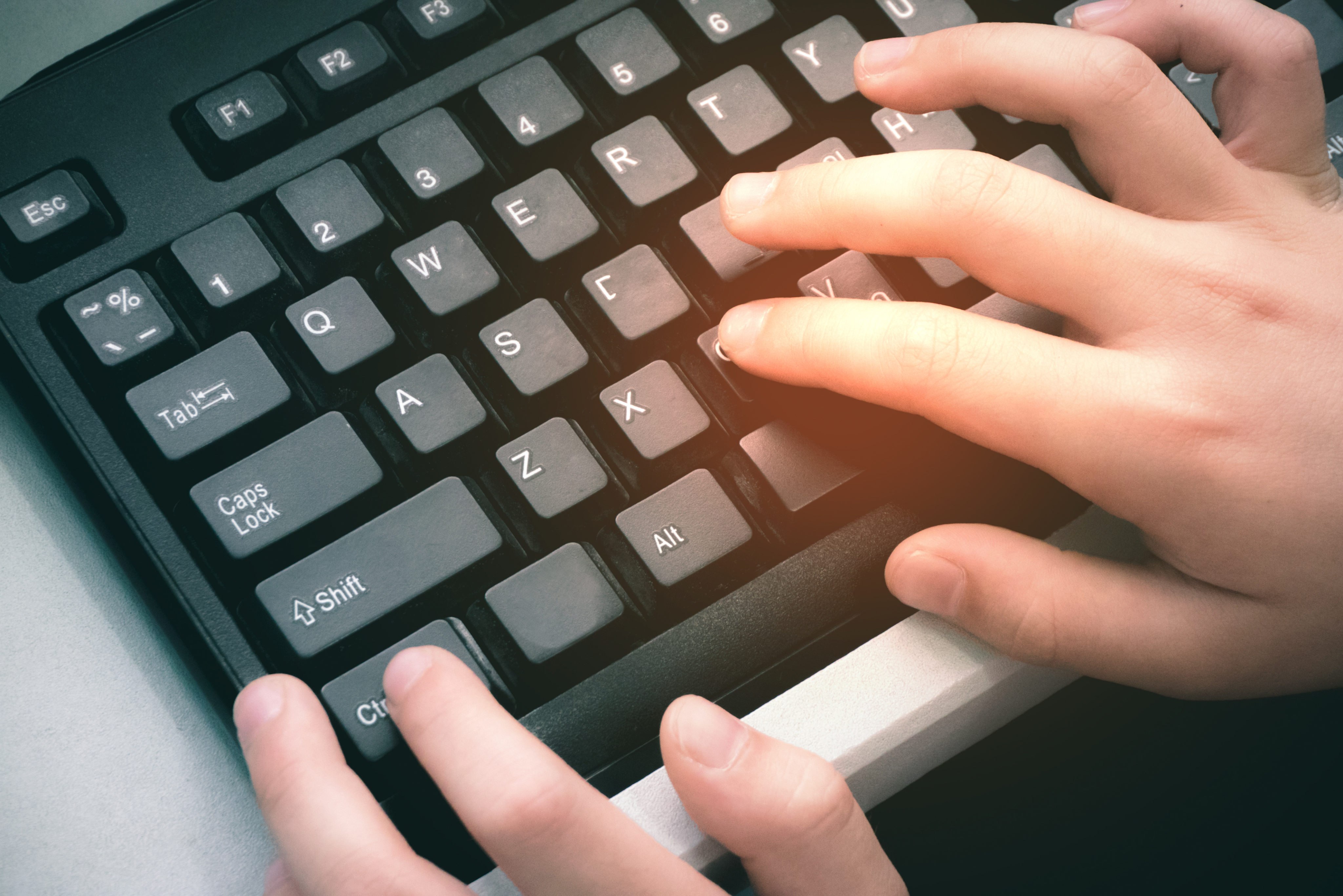

- USEFUL WINDOWS KEYBOARD SHORTCUTS FULL
- USEFUL WINDOWS KEYBOARD SHORTCUTS WINDOWS 10
- USEFUL WINDOWS KEYBOARD SHORTCUTS PC
You can use the arrow keys to cycle through the taskbar applications. Windows + T - Highlights the first application in the taskbar.

For instance, Windows + 1 launches whichever application is first in the list, numbered from left to right. application pinned to the taskbar, and so on. Windows + 1, Windows +2, etc. - Launch the first, second, third. Windows + Home - Minimizes all inactive windows and restores them if you use the key combination again. Windows + Shift + Down Arrow - Restores or minimizes your active window vertically, maintaining its width. Windows + Shift + Up Arrow - Maximizes the active window vertically, maintaining its width. Windows + Down Arrow - Restores your active window to its initial state, or minimizes it. Windows + Up Arrow - Maximizes the active window both vertically and horizontally. Windows + Right Arrow - Snaps the active window to the right half of your screen. Windows + Left Arrow - Snaps the active window to the left half of your screen. Windows + Tab - Opens Task view, from where you can switch between open windows or virtual desktops. You can then navigate through open windows and apps using the arrow keys or the mouse. Release the Tab key on the window or app that you want to open.Ĭtrl + Alt + Tab - Displays the list of open windows and apps and keeps the list on the screen even after you release the keys. Windows + - Opens the emoji popup from where you can insert emojis into your text.Īlt + Tab - Repeatedly pressing the Tab key while holding Alt cycles through open windows and apps. Windows + W - Open Windows Ink Workspace, where you can interact with apps like Sticky Notes, Sketchpad or Snip & Sketch. Windows + Spacebar - Switches between available input languages and keyboard layouts. Windows + , - Gives you a peek at the desktop.
USEFUL WINDOWS KEYBOARD SHORTCUTS PC
By default, it is located in "This PC -> Pictures -> Screenshots." Windows + Print Screen - Takes a picture of your screen and automatically saves it in your Screenshots folder. Windows + M - Minimizes all the open windows from the desktop.
USEFUL WINDOWS KEYBOARD SHORTCUTS WINDOWS 10
Windows + L - Locks your Windows 10 computer or device and takes you to the Lock screen. Windows - Opens and closes the Start Menu.Ĭontrol + Escape - Also opens the Start Menu. Windows key is shaded in Yellow, Tab key is shaded orange, Shift key is shaded red, Alt Key is shaded blue, Esc key is shaded green Left Ctrl key or right Ctrl key is personal preference When using shortcuts only one Ctrl key must be used. The following Shortcuts use the Ctrl key, pictured above shaded in Yellow. Virginia Primrose Elementary School (es).Dolores Huerta International Academy (es).SHIFT when you insert a CD-ROM into the CD-ROM drive (Prevent the CD-ROM from automatically playing)Ĭan't get enough of these keyboard shortcuts? Go to for more. SHIFT with any of the arrow keys (Select more than one item in a window or on the desktop, or select text in a document)ĪLT+F4 (Close the active item, or quit the active program)ĬTRL+ F4 (Close the active document in programs that enable you to have multiple documents open simultaneously)ĪLT+TAB (Switch between the open items on the toolbar)į5 key (Update or refresh the active window)īACKSPACE (View the folder one level up in My Computer or Windows Explorer) Windows Logo+F (Search for a file or a folder)ĬTRL+SHIFT while dragging an item (Create a shortcut to the selected item)ĬTRL+ SHIFT with any of the arrow keys (Highlight a block of text) Windows Logo+SHIFT+M (Restore the minimized windows) Windows Logo+M (Minimize all of the windows) Windows Logo+BREAK (Display the System Properties dialog box) Windows Logo (Display or hide the Start menu) Here are a few commonly used Windows keyboard shortcuts:
USEFUL WINDOWS KEYBOARD SHORTCUTS FULL
Over the course of a full day, you could save several minutes by using keyboard shortcuts instead of the mouse. If you are a good typist, taking your hands away from the keyboard to move the mouse can use up a few seconds. Depending on the type of work you're doing however, sometimes using a mouse actually slows you down. The mouse, one of the greatest advances in computing history, provides you with an intuitive point-and-click method for using your computer.


 0 kommentar(er)
0 kommentar(er)
